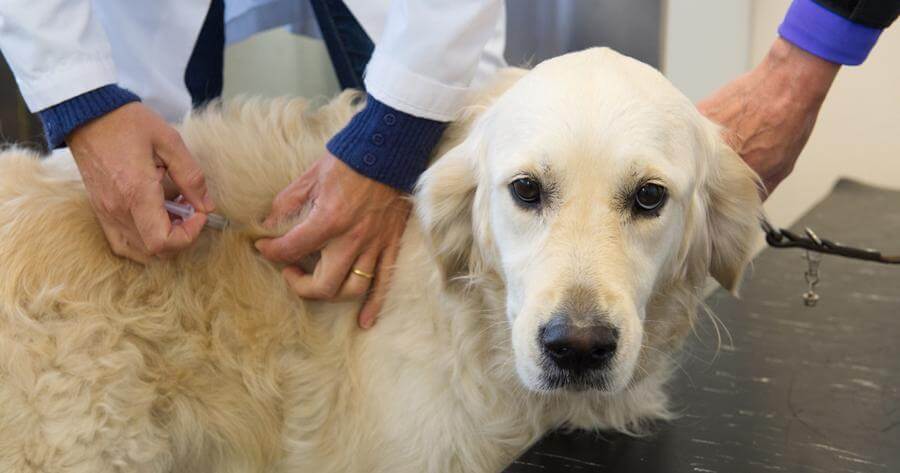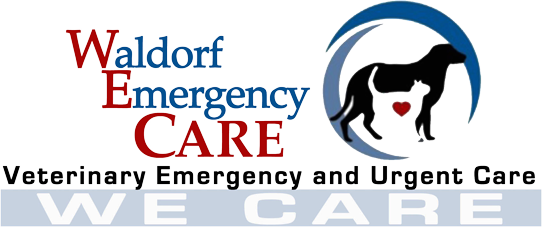
If an animal suffers an injury or a medical problem that requires emergency treatment, surgery is often a consideration. When faced with this possibility, owners often wonder about their animal’s safety, particularly the risk of pet anesthesia. Each veterinarian on our Waldorf Emergency Care staff relies on anesthesia to perform a variety of procedures on Waldorf animals. Understanding more about the importance of anesthesia addresses many common owner concerns.
The Role of Pet Anesthesia
The public recognizes surgery as one of the most common reasons for the use of pet anesthesia. When surgery is necessary to treat trauma, remove certain growths, or spay or neuter an animal, anesthesia is always a requirement.
However, our doctors also use anesthesia for various other types of care. These are all common uses of anesthesia:
- To immobilize or keep an animal from feeling pain during dental cleanings, diagnostic imaging, or endoscopic procedures
- To control an animal’s consciousness level during certain dental work
- To allow our staff to treat frightened or hard-to-handle pets
What to Expect
Anesthesia safety is a primary concern for many owners. Generally, the risk of administering it is minor. Our staff takes all precautions possible when anesthetizing an animal.
Before administering an anesthetic, our veterinarian thoroughly examines each animal to make sure it can handle anesthesia. This includes evaluating a complete health history and relevant blood work.
Once we decide the animal is an anesthesia candidate, our veterinary staff administers a combination of anxiety aids in preparation for receiving an anesthetic.
A relaxant allows us to insert an IV catheter to administer and monitor fluids. We also insert an airway tube to make it easier to monitor the animal’s breathing during the procedure.
In addition to monitoring the aesthetic inhalant used, our staff also tracks your pet’s vital statistics such as blood pressure, oxygen levels, heart rate, respiration rate, and temperature. Monitoring continues until pet anesthesia effects have abated.
Once our patient is awake, we move it to a special recovery area to make sure it is as comfortable as possible. An important part of treatment is keeping owners continually informed of the animal’s status until it’s ready to be discharged.
Contact Our Waldorf Veterinary Practice for Emergencies
Our Waldorf Emergency Care veterinary practice provides 24-hour care. We have a Waldorf veterinarian available seven days a week to treat a variety of animal emergencies at our state-of-the-art hospital. Our team members treat patients as if they were their own pets. When the special animal in your life experiences an emergency, be sure to call us right away at ((301) 705-9700 so that we can help.
